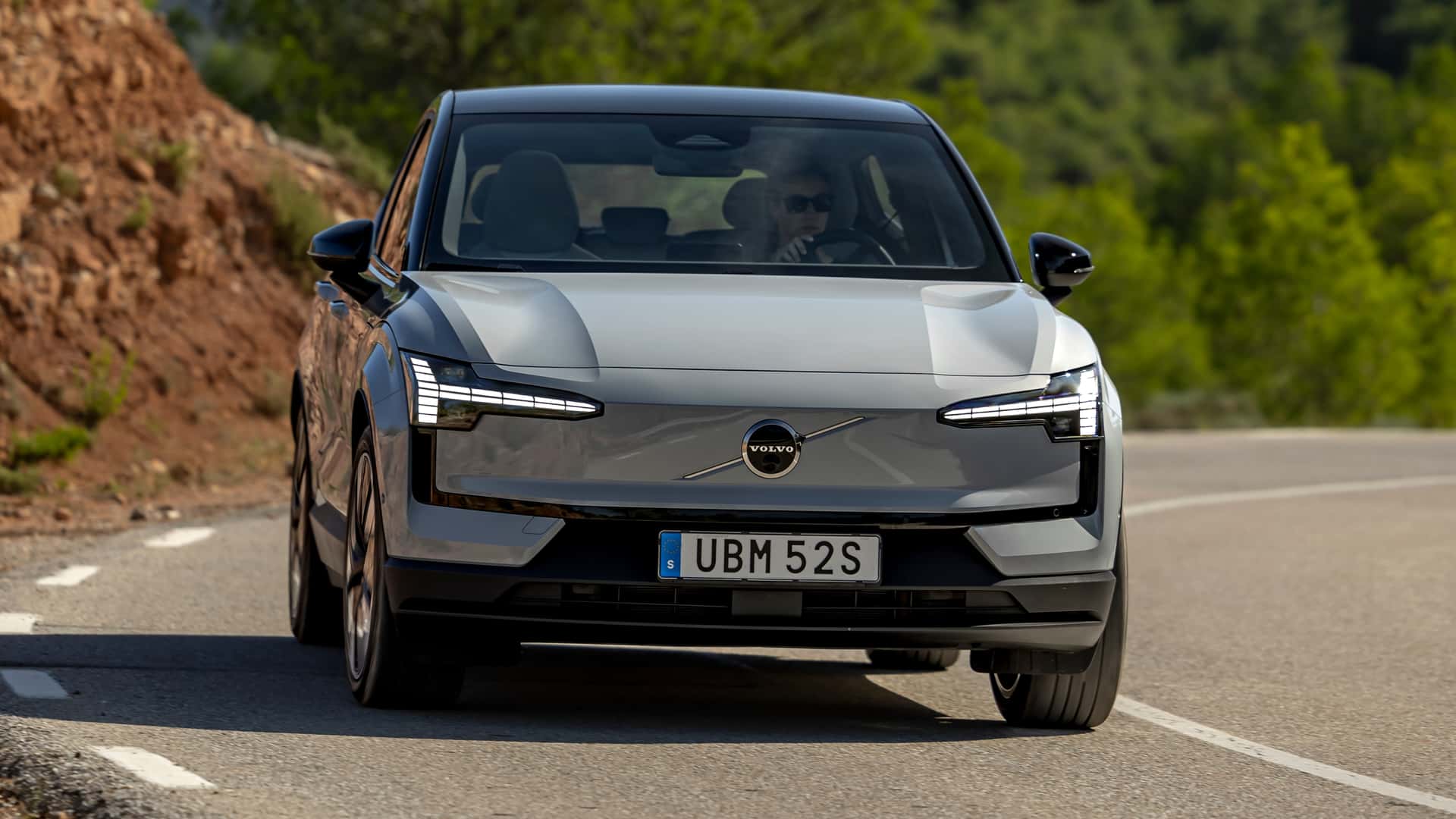Data from thousands of EVs shows the average daily driving distance is a small percentage of the EPA range of most EVs.
For years, range anxiety has been a major barrier to wider EV adoption in the U.S. It’s a common fear: imagine being in the middle of nowhere, with 5% juice remaining in your battery, and nowhere to charge. A nightmare nobody ever wants to experience, right? But a new study proves that in the real world, that’s a highly improbable scenario.
After analyzing information from 18,000 EVs across all 50 U.S. states, battery health and data start-up Recurrent found something we sort of knew but took for granted. The average distance Americans cover daily constitutes only a small percentage of what EVs are capable of covering thanks to modern-day battery and powertrain systems.
The study revealed that depending on the state, the average daily driving distance for EVs was between 20 and 45 miles, consuming only 8 to 16% of a battery’s EPA-rated range. Most EVs on sale today in the U.S. offer around 250 miles of range, and many models are capable of covering over 300 miles.



Sorry, fellow me/ee, disagree on complexity, having worked directly with both. Advantage of mechanical systems: theoretically predictable action, repeated endlessly so long as torque at the tires is req’d. Reality: tolerances in various parts open over time, resulting in a nonlinear decrease in efficiency and power. A symphony of hundreds of bolted joints, springs, tappets and valves, a sum of thousands of parts dancing while a complex ECU watches over the system. A single part or joint far enough out of tolerance will cause very, very expensive damage.
Battery powered vehicles: motor has full torque at close to zero RPM, all components in the control system are solid state, and software (always updateable) handles control decisions. Electric motor has 6 to 30 parts, based on whether liquid cooled or air cooled.